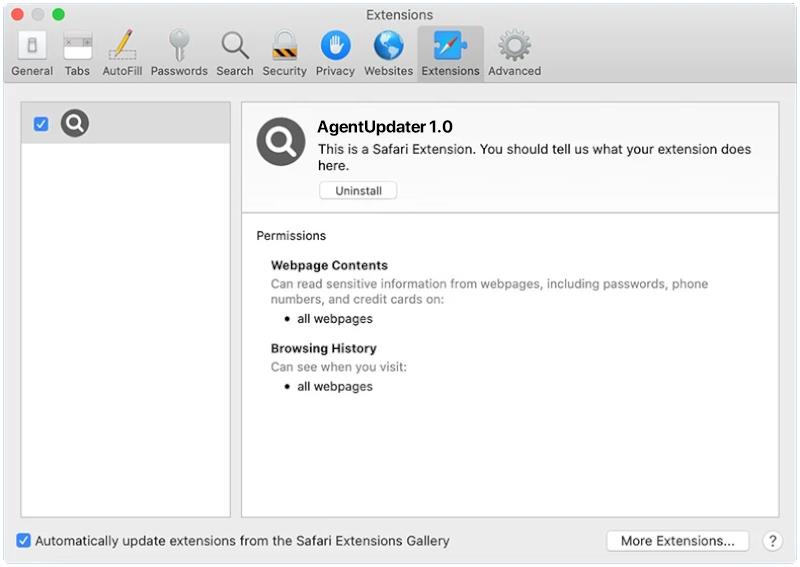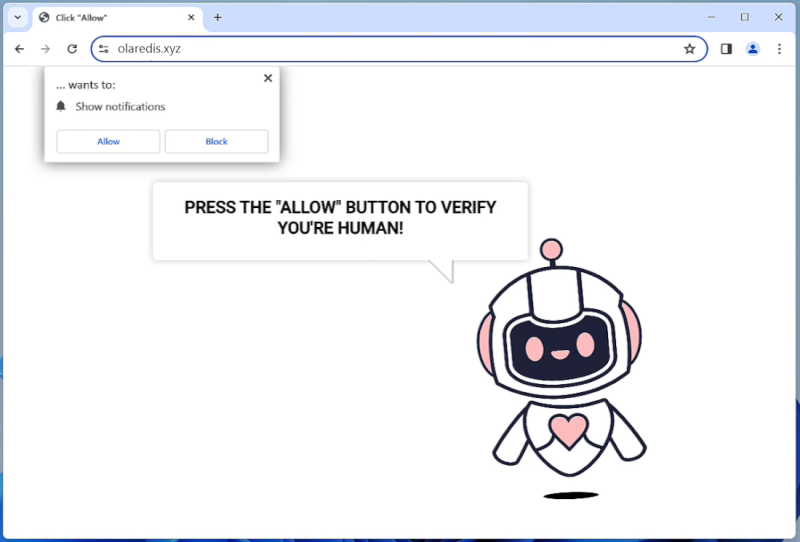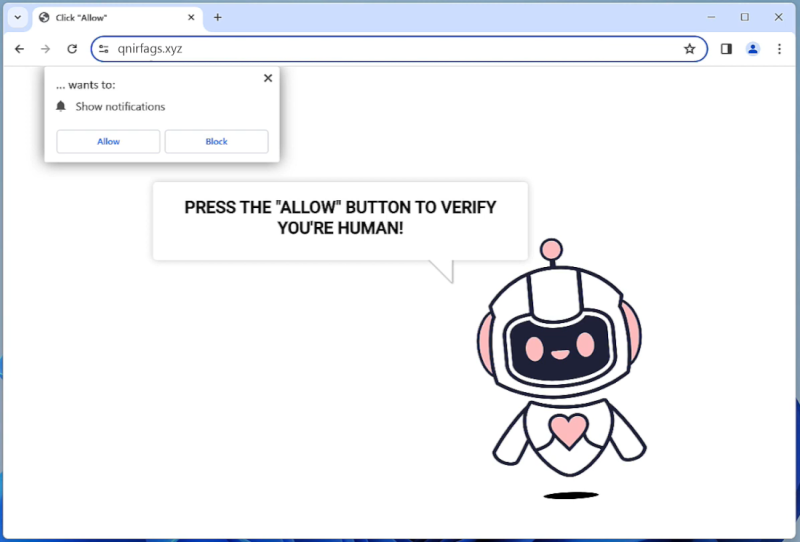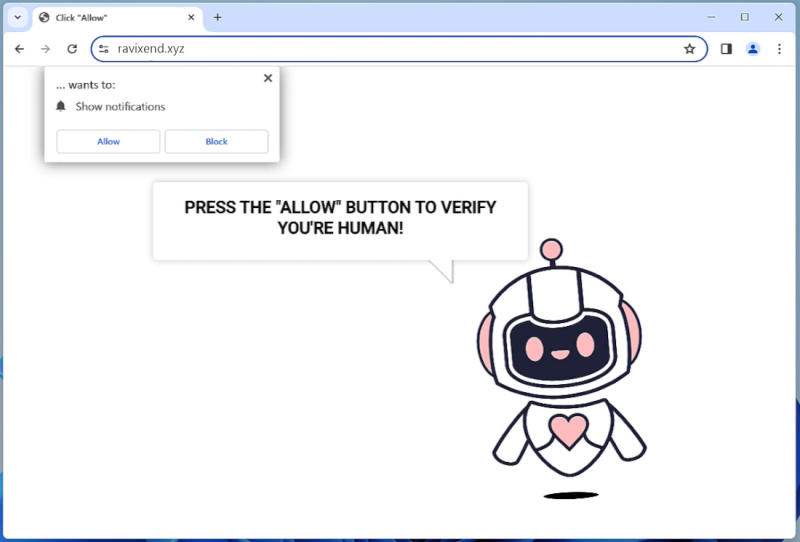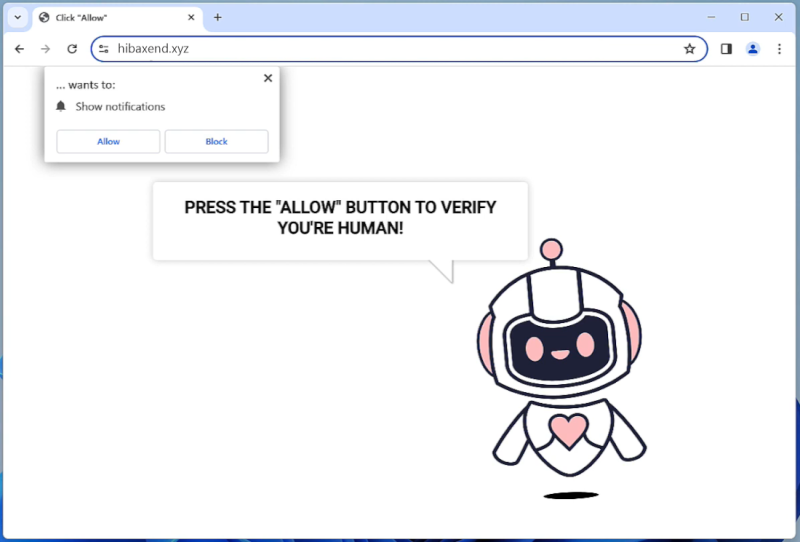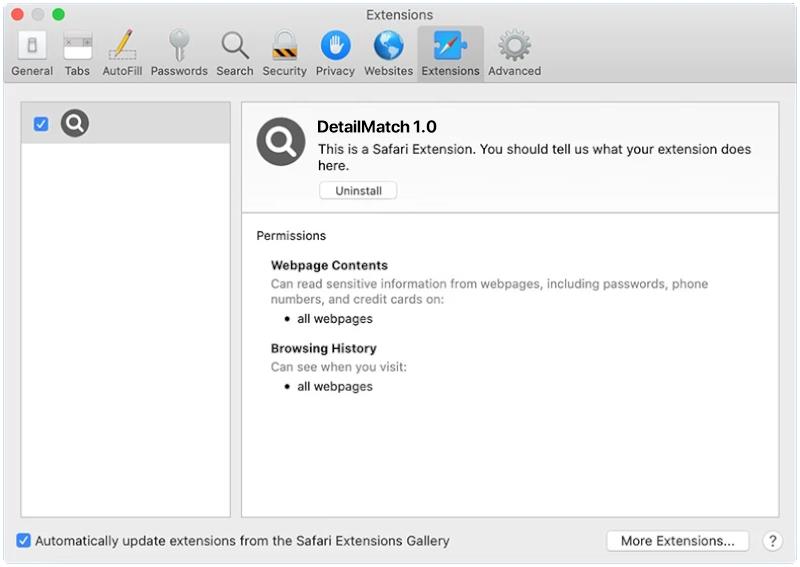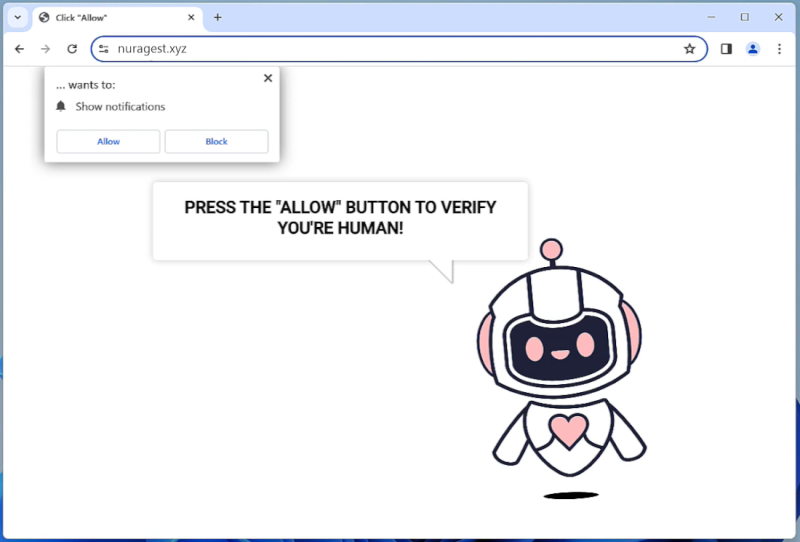AgentUpdater is a type of malware that specifically targets macOS devices. It is designed to infect a Mac computer and gain control over the system, allowing hackers to remotely access and manipulate the device. AgentUpdater typically spreads through malicious email attachments, fake software downloads, or compromised websites.
Once installed on a Mac computer, AgentUpdater can perform a variety of malicious actions, such as stealing sensitive information, monitoring user activity, and installing additional malware. It can also slow down the system, cause crashes, and disrupt normal operations. To protect against AgentUpdater and other malware threats, users should be cautious when downloading files from unknown sources, keep their operating system and security software up to date, and regularly scan their device for any signs of infection.

